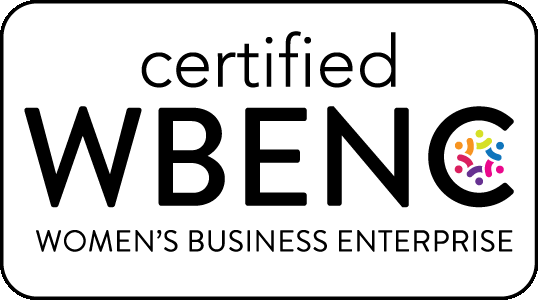If you’ve ever struggled to get your point across or worried that your presentations are utterly forgettable, you’re not alone. Trying to communicate effectively can sometimes feel like a jigsaw puzzle where none of the pieces seem to fit quite right. Successful storytelling works like the puzzle’s border: It forms a framework that helps you put the pieces together to create a coherent, powerful narrative.
There are myriad benefits to using storytelling in the workplace, but there are two main advantages: creating connection and making a lasting impact. These make storytelling memorable and effective.
Create Connection
Storytelling can be an effective team-building technique. Everyone brings a unique perspective to working on a team, especially on interdisciplinary projects. With team members who have variety of backgrounds and goals, it’s easy focus on personal experiences and interests and miss the bigger picture. Telling a story with relatable characters, challenges, and reactions can generate empathy and build trust among team members, encouraging conversation and exchange of ideas. It also helps to demystify jargon, another common team communication challenge. Describing what needs to be accomplished through storytelling can help clarify more complex aspects of work and help team members see how they add value and contribute to the team’s success.
Make a Lasting Impact
Storytelling can help make your messages memorable. Much of corporate communication is focused on facts and numbers, but storytelling uses characters and emotions to create a lasting impact. If you wrap your important numbers into the narrative of your story, the statistics can take on more meaning and real-world importance because the emotion and events of your story makes them memorable.
Build Storytelling Skills
While much of corporate communication is based on facts and figures, storytelling also has a role to play in professional communication. Both can be used effectively to get your message across, and the combination can be powerful. Here are some tips for helping teams improve their storytelling:
- Workshop it: Workshops can be a great way to practice new skills in a low-stress environment. Sharing fun facts, engaging examples, and allowing for interactivity helps to build confidence so people feel comfortable using storytelling in their day-to-day duties.
- Lead by example: As often happens when you introduce a new approach, employees may hesitate to use storytelling at first. One tip is to have a few of your own stories on hand to demonstrate good storytelling. t And, once they’re off to a good start, don’t let your team members revert to their old ways. To create real change in the way your employees communicate, continue modeling storytelling on a regular basis.
- Offer feedback and reward excellence: Developing a new skill involves trial and error. Don’t discourage people when their storytelling falls flat; instead, recognize effort and offer constructive feedback. On the flip side, acknowledge and recognize great storytelling when it happens. Rewarding success shows what you value and will help build momentum for effective storytelling across your organization.


